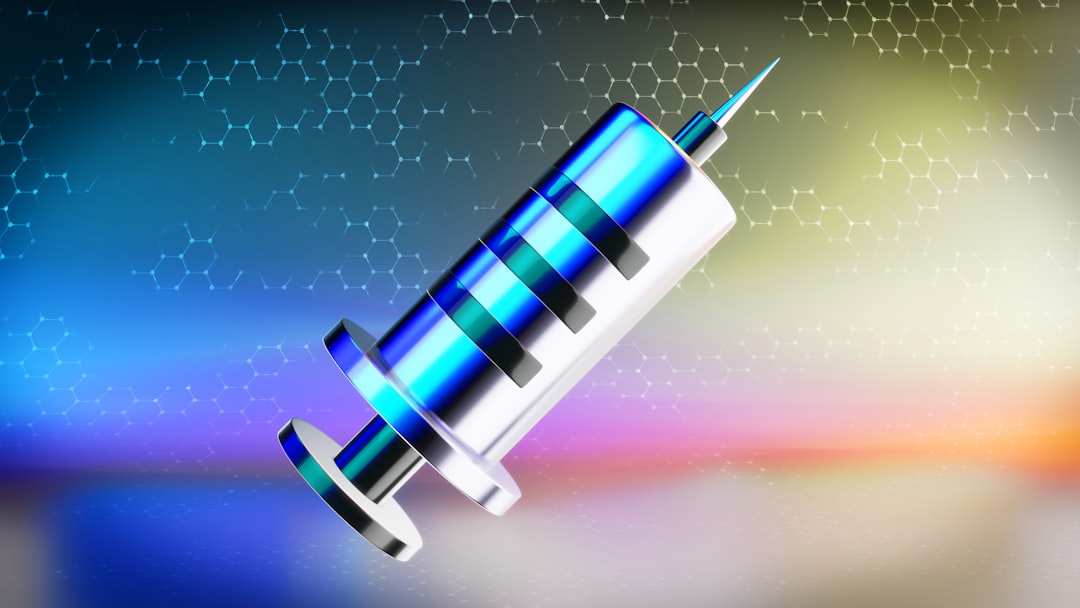What is it about?
In the recent years, electromechanical impedance–based structural health monitoring has emerged as an alternate to conventional monitoring techniques, especially for aerospace structures where the surface areas are more predominant than the thickness. In the impedance–technique, piezoceramic (lead zirconate titanate) transducers are bonded on the structure to be monitored such that surface area (length × width) of the transducer is in contact with the structure. In the presence of electric field, these transducers interrogate the structure which results in a unique health signal known as admittance signatures. Any deviation in the signature during the period of monitoring indicates disintegrity in the structure. The existing impedance technique has focused on disintegrity on the surface of the structure along the length and width directions of a transducer. This article monitors the increment of load and damage severity along the thickness direction. At first, a load and the increments of load were monitored on a carbon steel gear specimen, where the load was applied parallel to the thickness of transducer such that the load was axial on the specimen. The signatures were obtained for each load increment. Later, an aluminium plate was used to study damage increment along the length and thickness directions separately. The signatures were recorded for each damage increment stage. The signatures were carefully studied and validated using three-dimensional predictive impedance model along the length and thickness directions. This study is expected to be useful for monitoring gears and shafts in mechanical systems where the thickness is predominant.
Featured Image
Read the Original
This page is a summary of: Efficiency of electromechanical impedance for load and damage assessment along the thickness of lead zirconate titanate transducers in structural monitoring, Journal of Intelligent Material Systems and Structures, June 2013, SAGE Publications,
DOI: 10.1177/1045389x13488252.
You can read the full text:
Contributors
The following have contributed to this page










